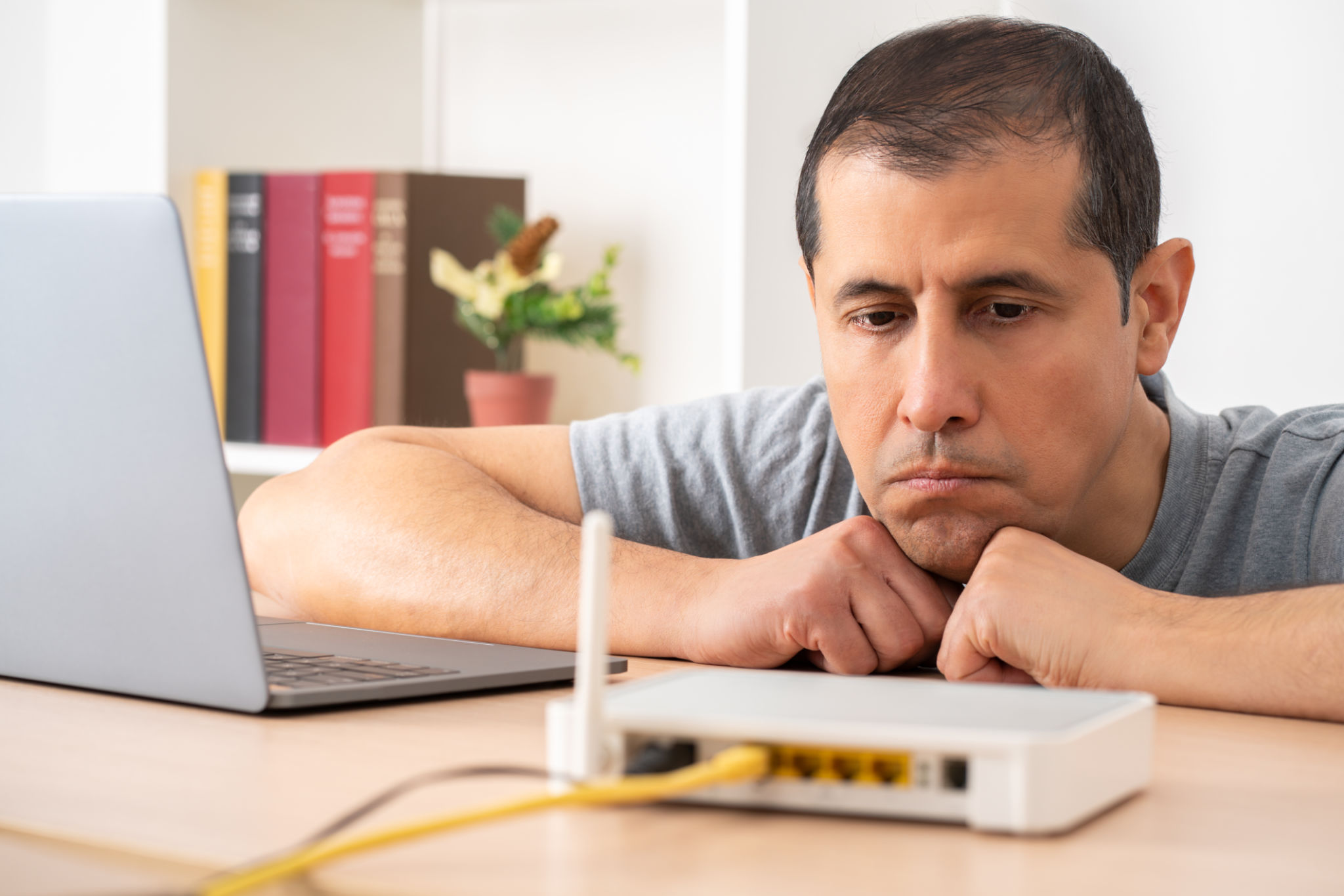DIY Network Troubleshooting: When to Call in the Pros
Understanding Basic Network Issues
In today's digital age, having a reliable home network is essential. From streaming your favorite shows to working from home, a stable internet connection is crucial. However, network issues can arise unexpectedly, causing frustration and disruption. Understanding some basic troubleshooting steps can often resolve these issues without needing professional help.
Common issues include slow internet speeds, intermittent connectivity, and Wi-Fi dead zones. Before calling in the pros, try resetting your modem and router. This simple step can often fix temporary glitches and restore your connection. If the problem persists, it's time to dig a little deeper.

Identifying Your Network Equipment
To effectively troubleshoot, it's important to know your network setup. Identify your modem and router, and ensure all cables are securely connected. If you're using a combination device, check the manufacturer's instructions for specific troubleshooting tips. Understanding the difference between 2.4GHz and 5GHz bands can also be beneficial, as each frequency has its own strengths and weaknesses.
For those using range extenders or mesh networks, ensure they are properly configured and placed strategically within your home. A poorly positioned extender can cause more harm than good by weakening the signal further.
DIY Troubleshooting Steps
Once you've familiarized yourself with your network equipment, you can proceed with some DIY troubleshooting steps:
- Check your internet speed: Use an online speed test to determine if you're getting the speed you're paying for.
- Update firmware: Ensure your router's firmware is up-to-date for optimal performance and security.
- Change Wi-Fi channels: Interference from other networks can slow down your connection. Switching to a less congested channel may help.

When to Call in the Professionals
Despite your best efforts, some network issues require professional intervention. If you've tried all DIY methods and still experience frequent disconnects or slow speeds, it may be time to call in the experts. Professional technicians have the tools and expertise to diagnose and fix complex issues that might be beyond the scope of DIY solutions.
Another sign that it's time to consult a professional is when you notice hardware issues, such as a malfunctioning modem or router. Replacing these devices can be costly, so it's wise to get expert advice before making any major purchases.
The Benefits of Professional Assistance
Calling in a professional has several advantages. Technicians can quickly identify problems that might take you hours to figure out. They also have access to advanced tools that can detect signal interference and other underlying issues that might not be immediately apparent.

Furthermore, professionals can offer personalized advice on optimizing your network setup for better performance. Whether it's repositioning your router or recommending the best equipment for your needs, their expertise can save you time and money in the long run.
Maintaining Your Network for Long-term Success
Once your network issues are resolved, maintaining a healthy home network is key to preventing future problems. Regularly updating your equipment's firmware and changing passwords can enhance security and performance. Additionally, periodically checking for physical damages to cables and connections ensures everything remains in top condition.
A well-maintained network not only offers a seamless internet experience but also supports the growing number of smart devices in modern homes. By staying proactive, you can enjoy uninterrupted connectivity for all your online activities.